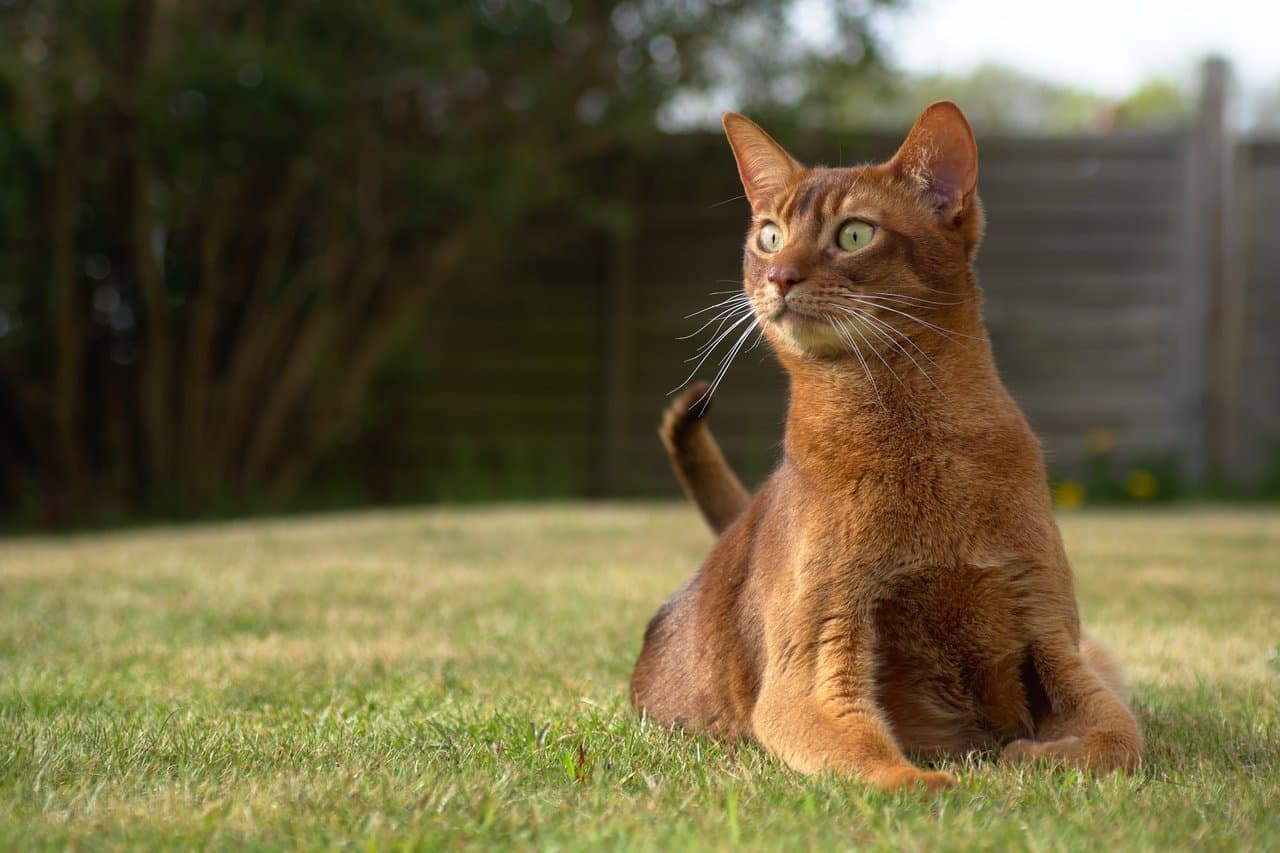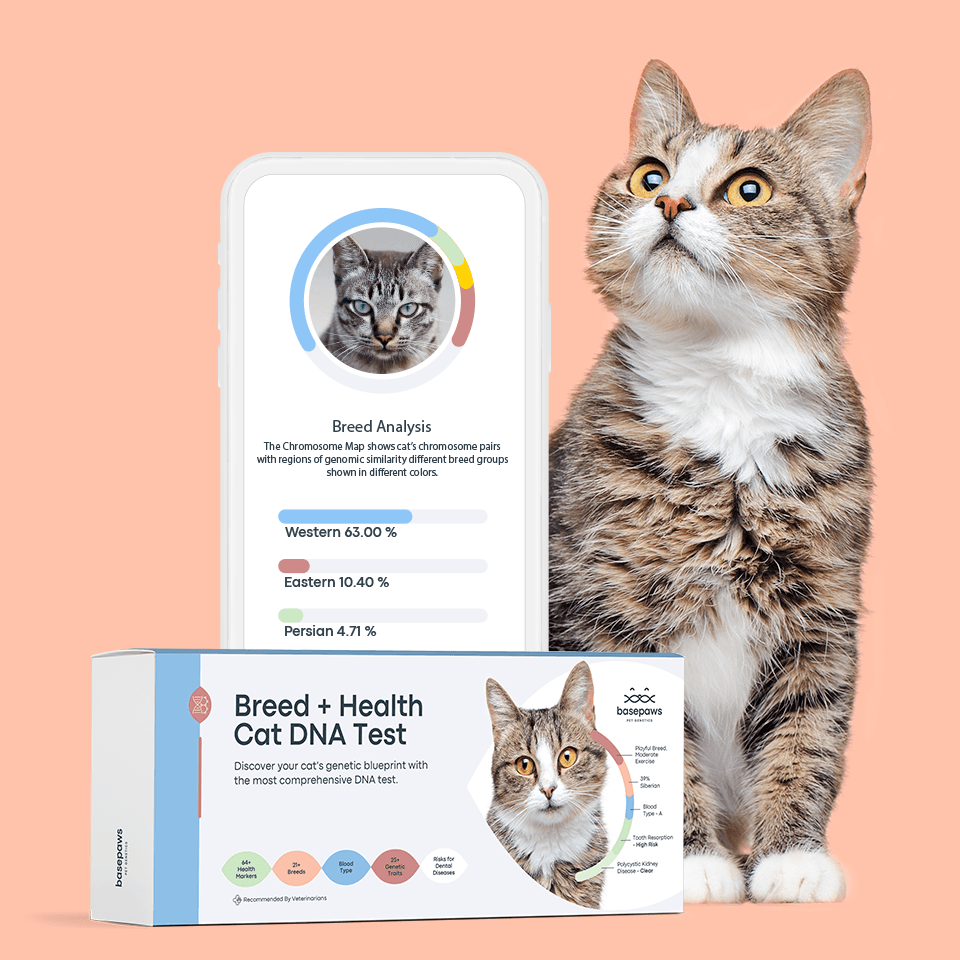Evolution has lead cats to become highly specialized and successful hunters. They are physically and behaviorally completely adapted to the predator lifestyle. Feline senses are powerful and sharp which allows cats to operate smoothly and maintain their superior hunting strategies. Ever wondered just how special your cat’s powers really are? Read up to find out!
1. Sight
Being nocturnal animals, cats are equipped with significantly large eyes adapted to detect movement highly efficiently, precisely and in low light. There are several specific adaptations that enhance cat’s sight sense:
Vertical pupils. The light goes into the feline eye through the pupils which are vertically slit. This is thought to be another adaptation to a nocturnal lifestyle, as vertical pupil shape excludes light more effectively and change the size much faster than the round pupils. In the high abundance of light, the cat’s pupils appear elliptical, while in darker conditions they are round, almost filling the entire iris area (the colored part of the eye).
Behind the iris sits the lens. Lining the back of the eye is the light-sensitive tissue retina. Light focuses on the retina through cornea (clear dome in front of the eye), pupil and lens. It is the retina that will convert the light rays into nerve impulses and send them to the brain. The brain interprets these impulses and forms an image. For a deeper insight into the anatomy of cat’s eyes, please refer to our blog about heterochromia.
Tapetum lucidum. Behind retina, cats have a reflective layer called tapetum lucidum. This eye layer sends light that passes through retina back into the eye, increasing the light available to the photoreceptors (rods and cones). Thus, it is often referred to as retroreflector. This improves the ability to see in the dark, but it does reduce clarity of vision.
Wider visual field of view. While humans have a visual field of 180°, cats have a field of view of 200°. This sharpens their peripheral vision. Their binocular field, the overlap of the images from each eye, however, is narrower than that of ours.
Unblinking eyes. Unlike humans, cats don’t need to blink on regular basis to keep their eyes lubricated. This is another advantage when hunting. ‘Squinting’ is often observed in domestic cats though, and it is considered to me a way of communication.
Nictitating membrane. Cats have a third eyelid which closes from the side of the eye. It is often visible when the cat is sleepy or sick. The functions of the nictitating membrane include the protection of the eyes, lubrication and removal of dust and other debris.
2. Hearing

Feline ears share similar built to that observed in other mammals. They have the outer ear, the middle and inner ear. The outer ear is made up of the external triangular part (the pinna) and the ear canal. The outer ear picks up the sound waves which go through the ear tunnel into the middle ear. Their outer ear is connected by 27 muscles which gives them the ability to rotate it by 180°. This is why cats are able to swivel their ears in the direction of the source of the sound in order to pick it up more efficiently.
The middle ear contains the eardrum and ossicles, tiny bones which vibrate in response to sound waves. In the inner ear, the organ of Corty responds to these vibrations by moving and bending which sends the electric signals to the brain. The inner ear also contains the vestibular system – which provides a sense of balance and orientation. On the outer base of the outer ear, there are folds of skin forming small slits. These slits are called Henry’s pockets and their function remains unclear.
Cats can hear so many sounds that are beyond the capacity of our ears. With the range of 48 HZ to 64 kHZ, cats have exceptionally broad hearing range. In comparison, dogs hearing range is from 67 HZ to 45 kHZ and humans from 64 HZ to 23 kHZ. Cats can also determine the difference between the time of the arrival of the sound and the intensity of the sound which helps them locate its source. Read a few more pawesome facts about cat ears in this blog by PetMD!
3. Smell
While humans have only five million odor-sensitive cells in the nose, cats have as many as 200 million. This makes their sense of smell about fourteen time as strong as ours! Another enhancement of feline smelling sense is the vomeronasal (Jacobson’s) organ in the roof of their mouths. This serves as a second scent sensor and its main function is detection of non-volatile chemical cues. In order to pick up the scent, it has to be in direct physical contact with the source of odor. This is why you may notice your cat pulling its upper lip back and opening his mouth when they’re trying to sniff something.
The sense of smell is very important for your feline’s appetite. Because they have very few taste receptors on their tongues, the smell of the food is more important for working their appetite than taste itself. Our favorite pets also use their sense of smell as an important communication tool. They mark their territory with urine and feces, and use the sense of smell to detect if someone intruded their space. They also use this sense to detect females in heat. Furthermore, mutual sniffing is a feline way of greeting.

Did you know that cats have nose prints which are unique and cat-specific? Every cat’s nose has a unique pattern of bumps and ridges, just like humans’ fingerprints!
4. Touch
Sense of touch is very important for cats, especially early in life. Kittens specifically enjoy being stroked and grooming and cuddling with the rest of the litter. This is a primary source of affection for them. Feline whiskers, however, play the most important role in the sense of touch.
Whiskers or vibrissae are movable extensions of the cat’s skin which are designed to detect changes in the environment and help cats navigate at night. There are about 24 whiskers organized in four sets on each upper lip on both sides of the feline nose, and a few whiskers around on the cheeks, above the eyes, on the chin, on the inner wrists and at the back of the legs. Whiskers are also helpful in hunting. When the prey is too close to the cat’s mouth and they can’t see it, the whiskers help detect its location.
5. Taste
Taste is known to be cat’s weakest sense. While we have about 9,000 taste receptors on our tongues, cats have only 473. This is why cats rely on scent of smell more than taste when it comes to feeding. Additionally, cats are indifferent to the taste of sugars which is believed to be an evolutionary force that has driven cats to eat less plants and more meat. This would explain why we won’t see a wild cat supplementing its diet with fruits, roots and honey like bears and dogs.
There are two proteins required for function of the sweetness sensory receptor: TAS1R2 and TAS1R3. Due to a deletion in Tas1r2 gene, cats lack the Tas1R2 protein. Furthermore, while they still possess TAS1R3 it remains inactive. It is the lack and inactivity of these proteins that causes their irrelevance to sweetness.

Stalking, chasing and hunting over the past centuries have help felines senses evolve and enhance to its current superior level. The set of unique senses is what makes each and every cat unique in the way they perceive the world around them. Which is the strongest sense your cat possesses?



